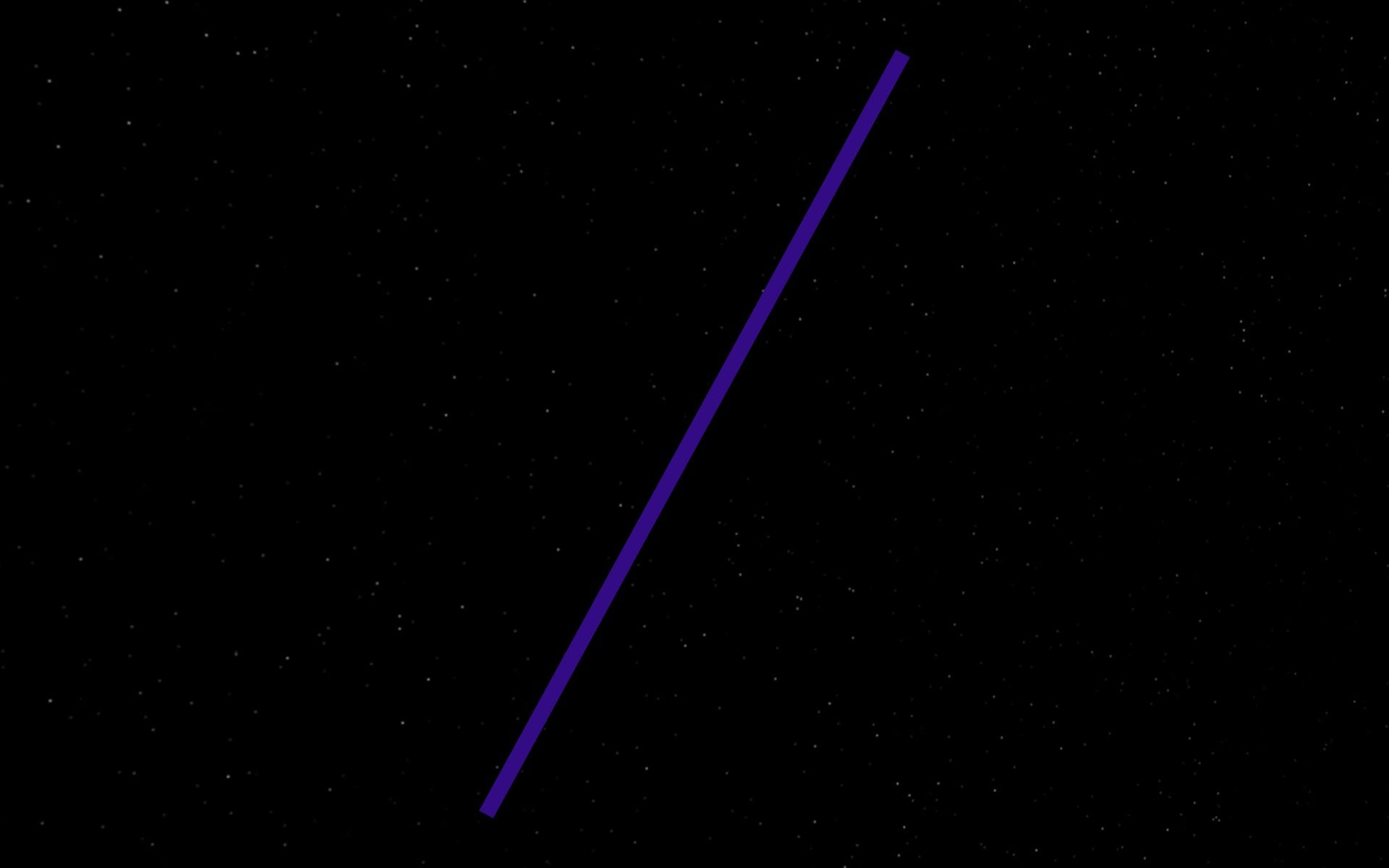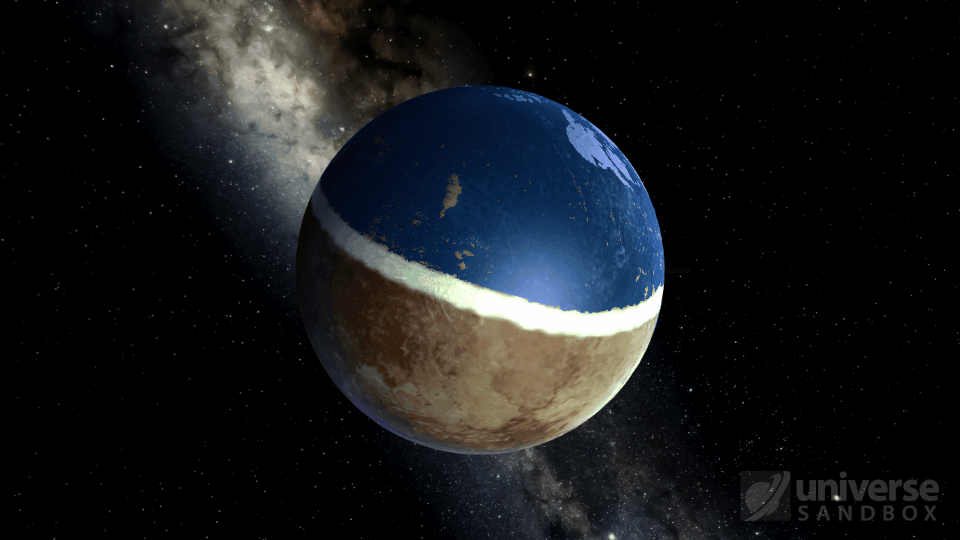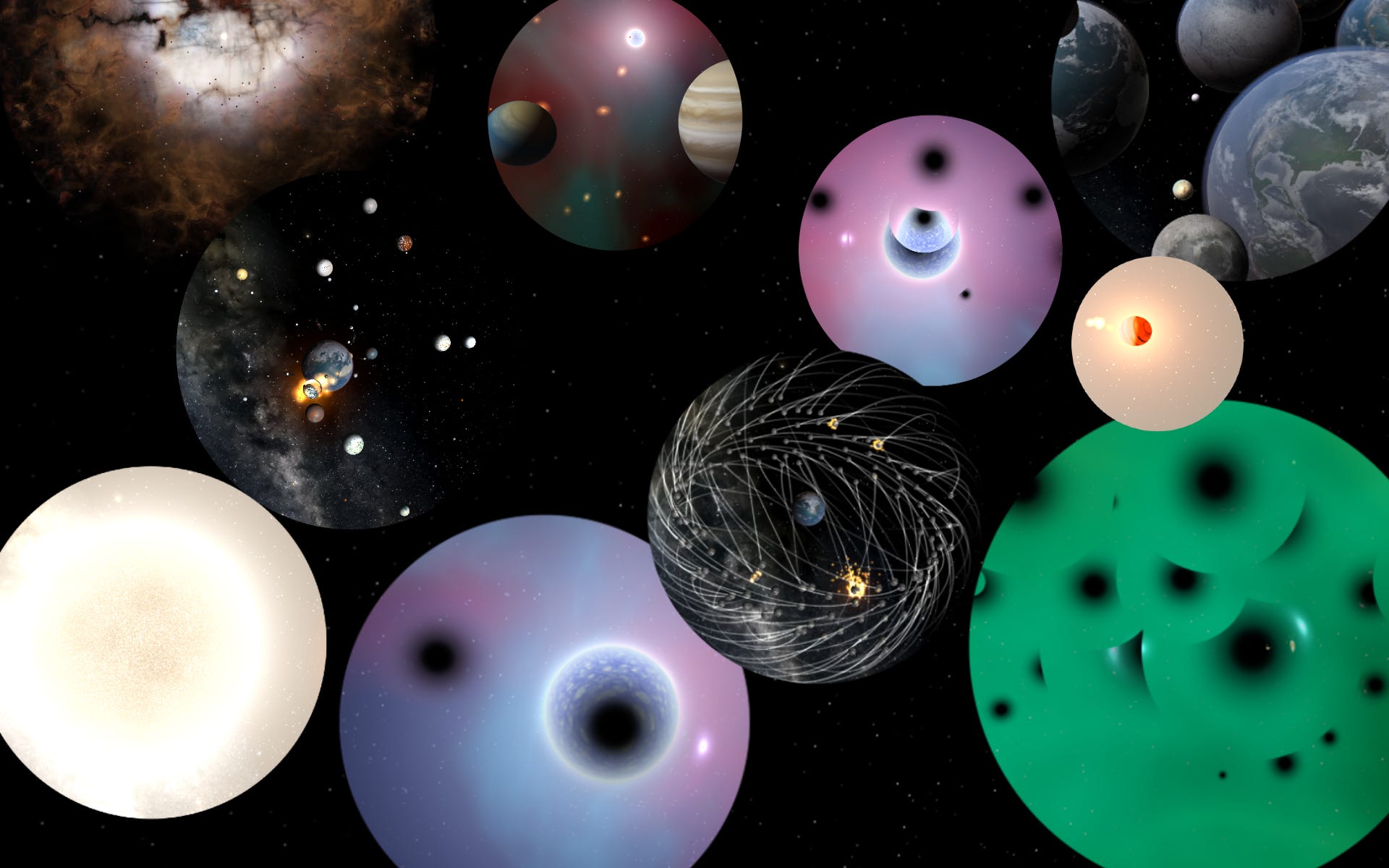Key Takeaway
The author imagines a world where humans lived in vast landscapes, but they only knew a small portion of reality. They believe that we are part of an expansive cosmos, possibly containing alien life. String theory suggests that the true building blocks of our universe are vibrating strings, which unify quantum mechanics and relativity. This theory suggests that we are made of atoms, protons, neutrons, quarks, and vibrating filaments of energy called “strings.” The implications of this theory are incredible, and we can imagine higher dimensions, such as height, width, and depth. String theory suggests that dimensions are everywhere, unseen but present, holding everything we could ever imagine.
I haven’t yet seen much of the world. Most of my life has centered around one of the larger cities in the United States, glimpsing the Earth’s wilderness through scientific displays at museums and through an occasional trip to the aquarium. Although mesmerizing, these are nothing more than artificial creations hoping to approach the true grandeur of nature.
More recently I have found myself daydreaming of dives into the kelp forests of South Africa. Or of taking an expedition across the frozen slopes of the Arctic where reflective, dripping ice caves act as portals to a new world. I, like so many people, plan to make these ventures someday so that I can experience all of the Earth.
But then I imagine what life was like for humans hundreds and thousands of years ago. Born in the mountains or perhaps by the sea, they’d have no way to know of all the other landscapes that exist on our home planet. Boats had not yet been built, and neither had aircraft that could cut through the clouds in the divine day-lit skies. The location of their birth defined their lives. Those landscapes may have been rich and ever-changing throughout the seasons, but people living in summery poppy fields and bison meadows could never know what the world was like for families in the foggy, ethereal mountaintops of Asia.
People of the time knew only a piece of reality, just as scientists believe we know only a piece of reality today.
We’ve explored the globe and sent probes deep into our Solar System — some even traveling intrepidly towards our burning sun — yet we are aware that out there in the universe exist an uncountable number of host stars and planets: ice worlds, majestic gas giants, terrains we could never survive because our bodies haven’t evolved to endure the conditions. And alien life. Alien life can be the stuff of dreams or the stuff of nightmares. At times we imagine them as benevolent beings which help us advance at remarkable speeds. Other times they come with the intent to kill.
This is our reality. We inhabit an expansive cosmos possibly containing alien life, replete with strange planets and abysmal black holes. It is home.
Anyone reading this now was born on Earth and will likely die here. Our technology has not yet advanced to the point of us being able to tour other planets like we tour other countries. But we’re a lot more like those humans thousands of years ago than we realize. If string theory is correct then not only do we lack the ships that can take us into interstellar space, we also lack ships that can take us to other universes, other dimensions that would complete the picture of reality. We are stuck here, believing we are the only ones in a unique universe.
But that may not be the truth. String theory, which is an attempt to explain all the forces and particles of our universe, tells us that the true building blocks of our world aren’t atoms or quarks, but instead vibrating strings that unify physics’s two most successful theories: quantum mechanics and relativity. That is, we are made of atoms. Within the atoms are protons and neutrons. Within these there are quarks and finally, if string theory is correct, within quarks there are vibrating filaments of energy that we call “strings”. Depending on how the string vibrates it will then produce a specific type of particle.
The implications of this theory are incredible. It is the most promising unifying theory in physics today.Though speculative, we can imagine what these higher dimensions will look like. The visual journey begins with the first dimension.
Dimension 1: A line. This connects points but has no width or depth.

Dimension 2: Flat figures with height and width.

Dimension 3: All the spatial dimensions in which we exist. What we think of as our reality consists of three dimensions of space and one of time. In three dimensions we have height, width, and depth. It becomes possible to take cross sections of an object.

Dimension 4: The dimension of time. This temporal dimension, along with our three spatial dimensions, encompasses the whole of our reality. The fourth dimension allows for change to occur in the three former spatial dimensions. We now have spacetime.

Dimensions beyond this point are imperceptible. They exist curled down in such a small, subatomic state that our best efforts cannot yet detect them. The idea is that before the Big Bang all these dimensions existed in perfect symmetry. All four forces of the universe — electromagnetism, gravity, and the weak and strong nuclear forces — were held together under extreme temperatures and pressures. When these conditions became unstable, the dimensions broke apart. The first four dimensions remain perceptible to us. The remaining 6–7 do not. Today these hyper-dimensions are so small that atoms from our world cannot slip into them.
Dimension 5: A world similar to ours. It has the same beginning as our planet; that is, it stems from the Big Bang. But there are noticeable differences between this world and the other. Our different selves make different decisions that result in branching futures. It is a plane of probability.

Dimension 6: This dimension becomes a plane of new worlds allowing us to see all possible futures, presents, and pasts stemming from an event like the Big Bang.

Dimension 7: Beyond this point new universes may contain new forces of nature and different laws of physics. Their speed of light differs from ours. Universes here were not created by the Big Bang.

Dimension 8: All pasts and futures of each universe are showcased. This dimension may stretch infinitely.




Dimensions 9, 10, 11: All laws of physics exist here. Even laws that do not apply to our world and which would be entirely foreign to us. Scientists do not believe there can exist more than 11 dimensions because conditions become unstable and particles naturally collapse back down into 10 or 11 dimensions. The 12th dimension, for example, introduces a second time. While strings can only vibrate in 10 dimensions, membranes can exist at 11 dimensions. It is possible that our universe is one such membrane.
It is at this point that everything comes together in one dramatic orchestral display. Everything and anything that is possible resides in the 11 dimensions. Every physical law, every world, every beginning and end, an infinity of universes ornamenting the multiverse.



The math of string theory is far from simple. We must remind ourselves that a mathematical possibility does not always dictate reality. While string theory is a beautiful idea, it’s also a complicated and incomplete one. There’s no way of knowing if we’ll ever invent the technology capable of making these other universes accessible to us. It would be difficult to wrap our minds around it even if we could. Generations of humans have explored planet Earth and yet there remain corners of it unseen, especially in the twilight recesses of the sea. We could spend innumerable generations exploring the multiverse and never finish. Even our one universe alone is so huge that we often wonder if interstellar travel is possible at all. That, of course, doesn’t keep us from trying.
The poetry of string theory lies in telling us that these dimensions are everywhere. Unseen but present all the same. They even exist within each one of us, holding within them everything we could ever imagine.





























